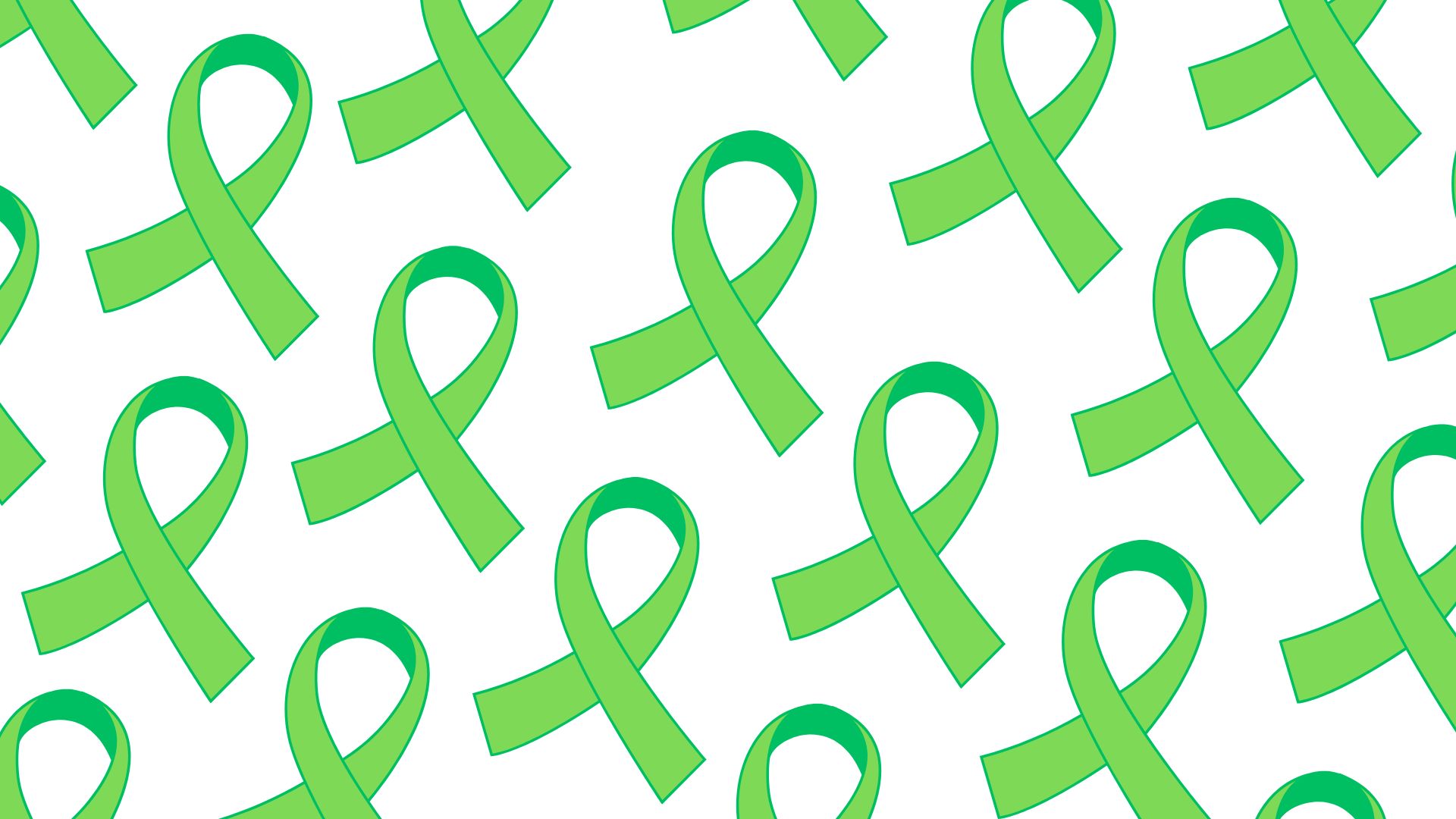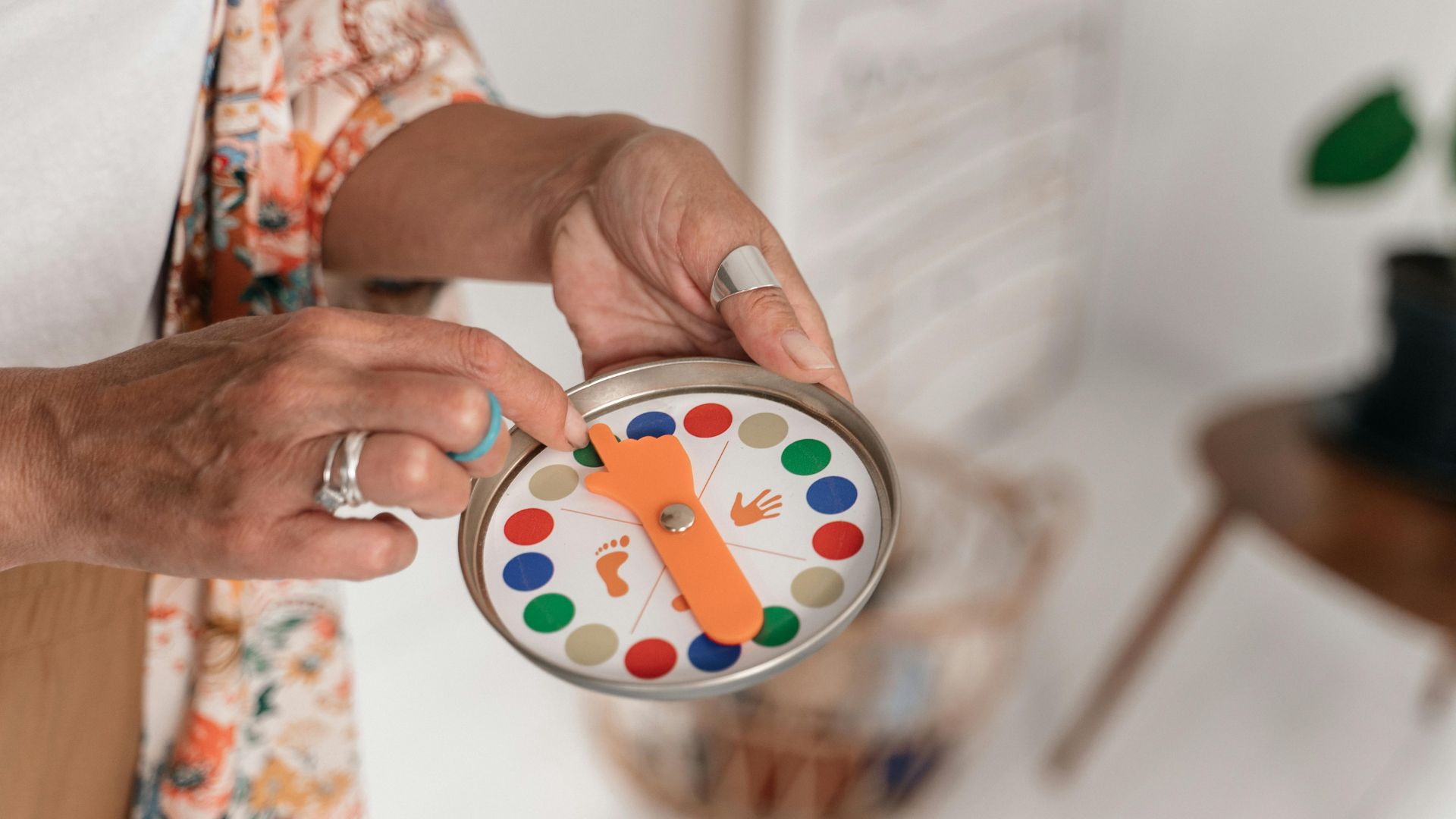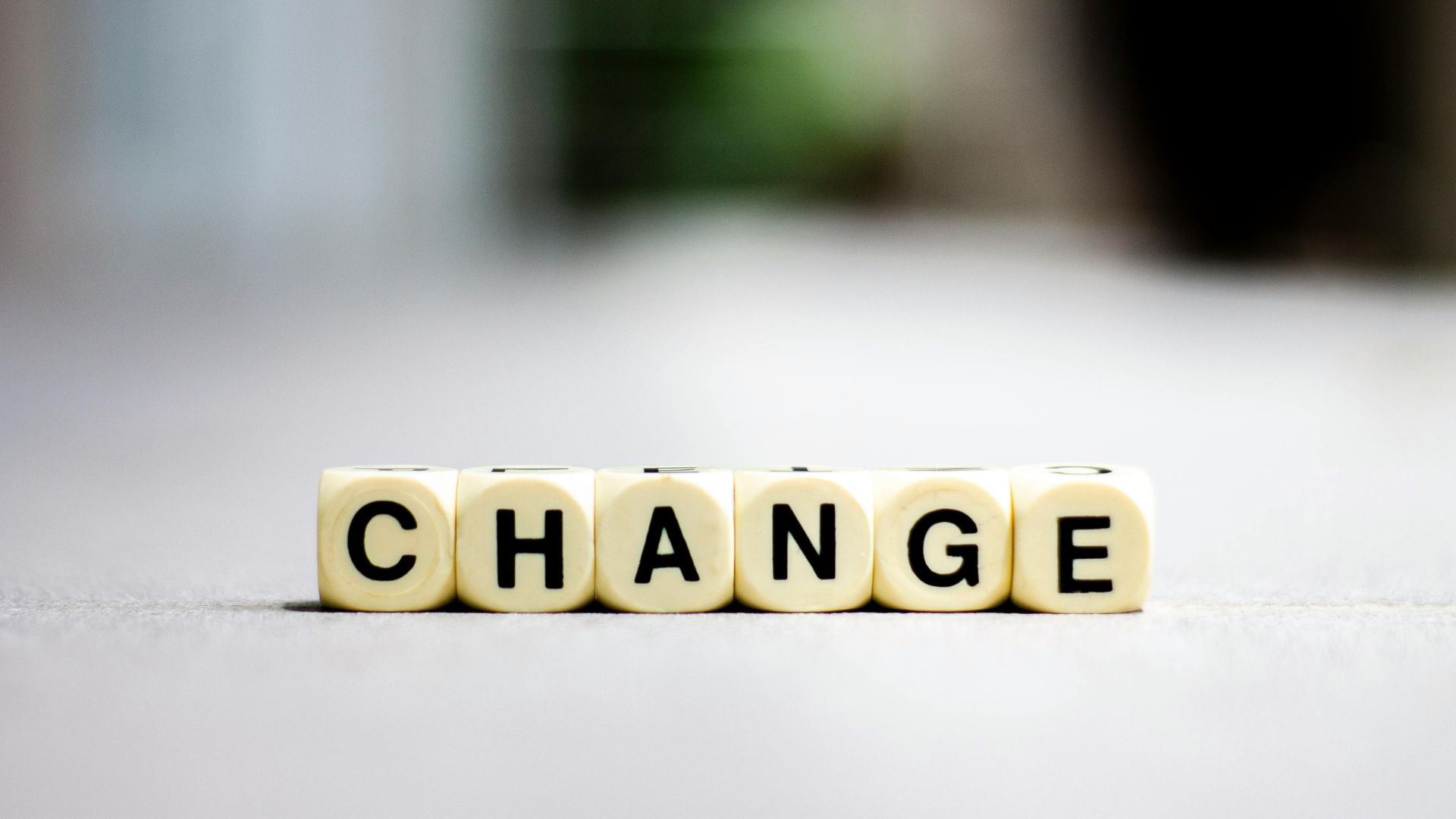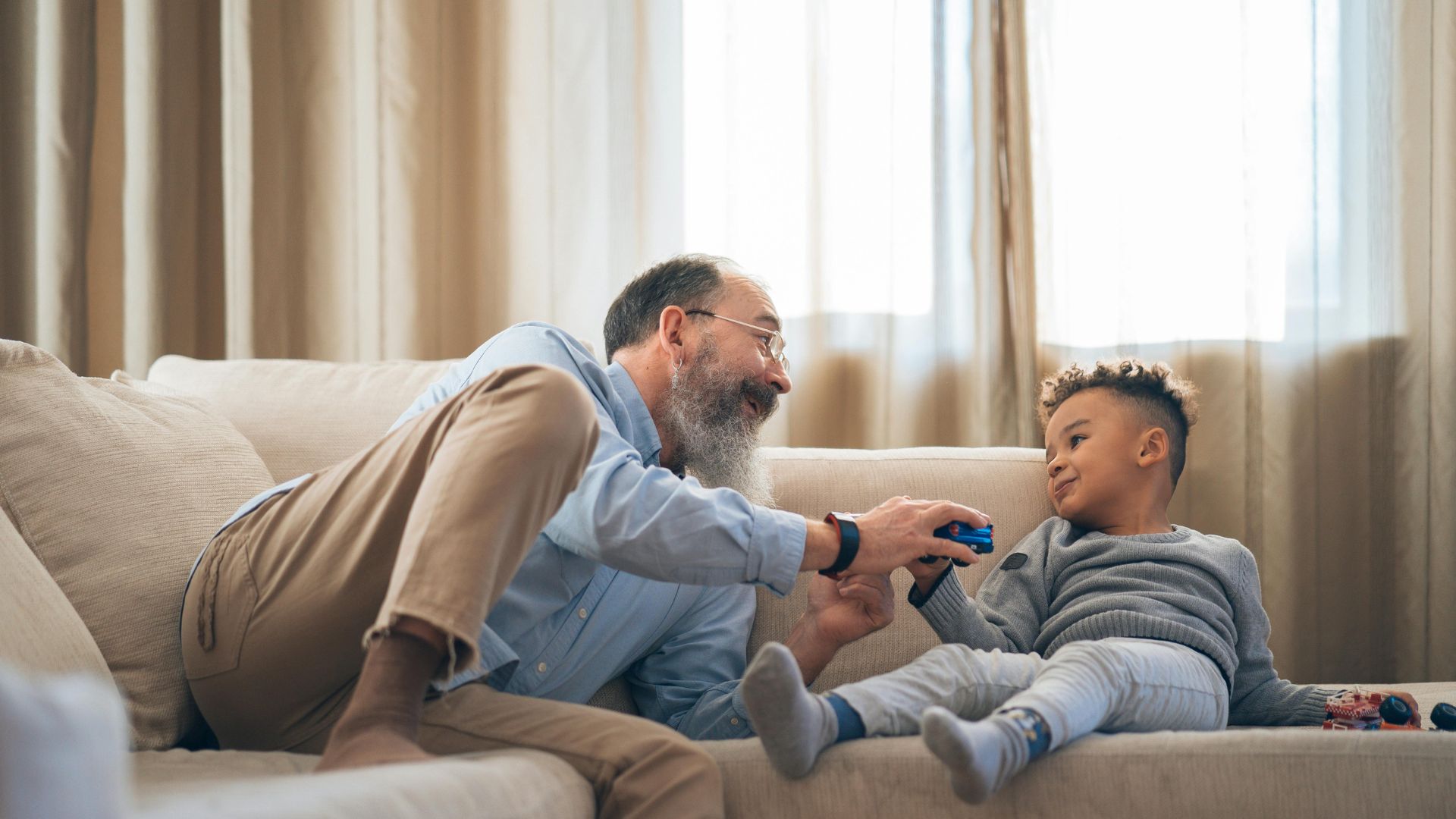How DBT Emotion Regulation Skills Became A Staple In My Coping Skills Toolbox
How many scenarios can we think of in our lives where we reacted to something based on our emotions at that moment? How did that go for you? Did it solve the situation, or did it make things worse? I can probably say, the majority of the times I have acted on my emotions created more stress afterward. Sure, it may feel relieving in the moment to lash out and use harmful coping skills. Well, hours later I’m feeling guilty of my actions and whoever I lashed out on doesn’t want to talk to me anymore. These actions create temporary relief and do not help the situation. All I knew for a long time was to react based on how I felt emotionally until I was introduced to Dialectical Behavior Therapy (DBT) during my graduate internship. Having the opportunity to learn about DBT and lead groups in it helped open my mind on how it can be applied to my life and so many others. I brought worksheets home and read through them in my spare time. I knew that emotion regulation was something I needed to work on.
Emotion regulation is one of the four components of DBT. It is beneficial for anyone experiencing emotional dysregulation, self-destructing behaviors and self-harm behaviors. The goal of emotion regulation is to be able to identify the emotion, put a name to it and change it. When we learn to recognize and accept the emotion we are feeling, we are able to apply coping skills (especially towards intense negative emotions) to have a more appropriate outcome. We also learn the patterns of primary and secondary emotions which will be talked about later. It’s important to know that we aren’t trying to invalidate what we are feeling, we want to acknowledge, accept, then proceed mindfully. This concept is also talked about in the Wise Mind skill under DBT Mindfulness, which I will talk about in another post. All of the DBT concepts and skills go hand in hand with one another.
A big part for me was recognizing my primary and secondary emotions and how I expressed them. For example, When I felt angry (primary), it usually led to yelling, saying mean things to someone or myself and self-harm. After my action, I would then feel very guilty (secondary) for saying or doing what I did. I found it beneficial to identify triggers to my negative emotions and why I reacted the way I did. Opposite action was a great skill for me to practice managing negative emotions, basically doing the opposite of what my emotional brain was telling me to do. If I was angry, I would communicate calmly instead of yelling. Instead of listening to depressing music when sad, I would watch funny YouTube videos (don’t judge, but Jake and Logan Paul prank videos were hysterical to me). This was all so helpful in my day to day life. It allowed me to manage how I felt when having a disagreement with my partner or family member, and remaining calm and appropriate when dealing with challenging customers when I worked in customer service (and now working as a therapist).
Intense negative emotions are truly exhausting. The continuous cycle of feeling that emotion, acting on it and then feeling upset or stressed later because of the regrettable action (primary and secondary emotions). We are human, forget about “emotions make you weak”. We are allowed to feel and we can have control over how we express the emotion we’re feeling. DBT emotion regulation is not a way to stop these emotions from happening, but to neutralize the intensity to the point where we can think rationally before proceeding with action. Like all coping skills, it takes time to learn, practice and see progress. Be patient and kind to yourself when practicing DBT or any therapy skill in your life. Please feel free to take a peek at the links down below for more information on DBT emotion regulation and some self-help worksheets.












